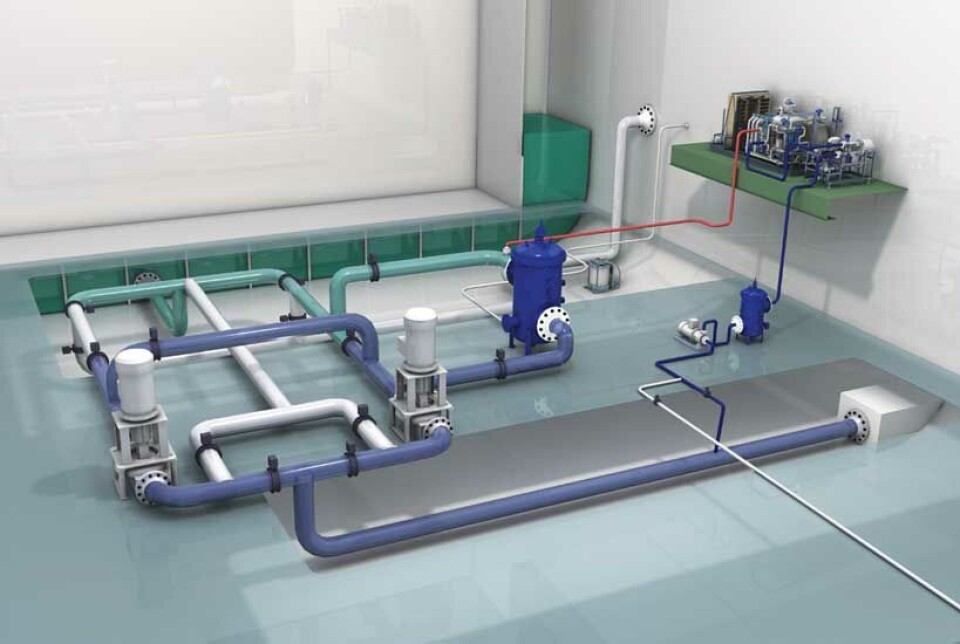
Next generation ballast water technology
OceanSaver launches next generation ballast water management technology. The Mark II technology realises OceanSaver’s strategy to roll out its high-end technology to different sized vessels. The new BWT system will fit vessels in a size range of 40.000-350.000 dwt, and will offer improved flexibility and reduced costs.
Denne artikkelen er tre år eller eldre.
OceanSaver’s Mark II ballast water treatment system is a specifically tailored version of its type-approved Mark I model, but with the most energy demanding features of the original removed.
Sales and Marketing Director, Tor Atle Eiken, said: – We are sharpening the already proven OceanSaver technology with our new Mark II ballast water treatment system, which will widen our core market segments, reduce installation time and complexity for retrofit and newbuilding projects, and at the same time continue to be a high quality supplier.
The company has signed major contracts for 22 ballast water treatment systems for tanker vessels in 2010, propelling its position as a key supplier to the global large vessel fleet.
OceanSaver has been dominating in the larger sized vessel segment, but the applications for the new Mark II technology open up the medium range vessel market, thus expanding OceanSaver’s customer base. The new version also open up the retrofit window with reduced installation time and complexity. The retrofit market is an area that OceanSaver will increasingly focus on, in addition to the fairly stable newbuilding market. Without the need for extra piping that would be found in the Mark I due to the addition of the cavitation units, the ship owner saves time and money in the dry-docking stage.
Significant improvements
The technology behind the Mark II system has been the result of many years of development at OceanSaver’s laboratories. The design concept strongly rests on the technology found in Mark I, which already has full type approval.
However, the differences are apparent. While the Mark I relied on inorganic filtration with a 50 micron wedge screen, the Mark II relies on organic filtration with a 40 micron weaved screen. The difference in efficiency is substantial, from 40-70 % in the Mark I, to 99,5 % in the Mark II.
The energy required for the complete system and related equipment is approximately 50 % less for the Mark II than for the first generation, which is due to, among other things, reduced ballast pump pressure from 3,5 bar to 0,5-1,0 bar.
In addition to this there is no treatment at de-ballasting operations, which in turn will increase the cost-efficiency for the ship operator.
According to OceanSaver there will also be optional upgrade features in the Mark II system related to corrosion and coating protection; an optional N2 generator can be added, whereby ballast water will be supersaturated by N2 (reduced O2 level in the water), which then leads to reduced corrosion and increased coating durability.
OceanSaver predicts that by the end of the third quarter of 2011 they will have received full type approvals for the Mark II ballast water treatment system.











